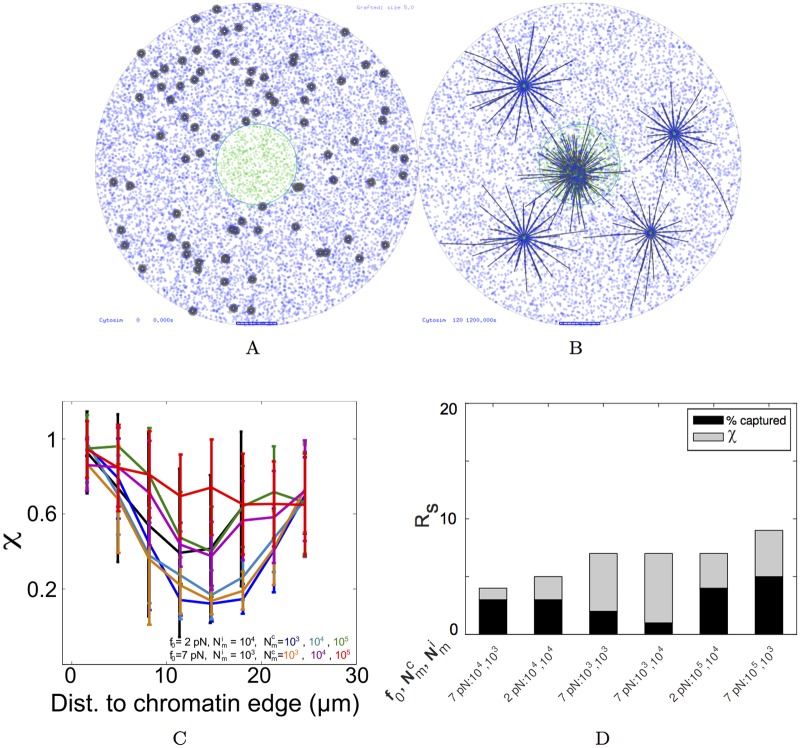Fig 6. Combining immobilized and clustering motors.
Simulation outputs of MTOCs (grey) motility in the presence of a combination of diffusible tetrameric minus-ended motor complexes (, f0 = 7 pN) with chromatin-centered gradient of immobilized motors ( motors/oocyte, f0 = 7 pN) at (A) t = 0 and (B) t = 20 minutes. (C) The χ values of aster movement resulting from increasing densities of weak (f0 = 2 pN) and strong (f0 = 7 pN) clustering motors ( to 105 motors/oocyte) in the presence of a gradient of immobilized motors with the same f0 values ( for f0 = 2 pN and for f0 = 7 pN). (D) The sum rank (Rs) based on the sum of square errors (ϵ) from χ distributions (grey) and % MTOCs captured in 20 minutes (black) from experiment are plotted in an ascending order, with the parameters of the density of immobilized motors () and diffusible motor complexes () plotted, assuming the f0 is constant for both.

